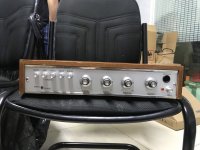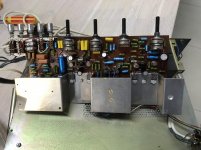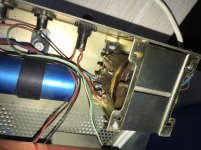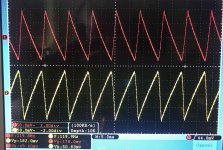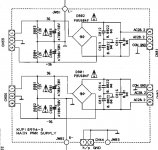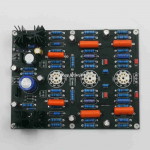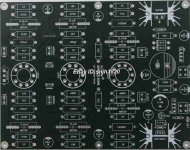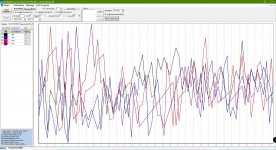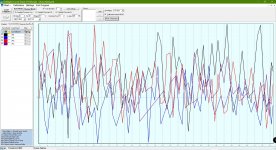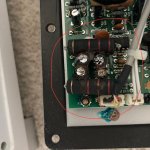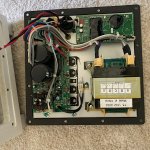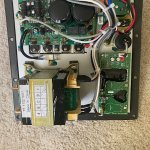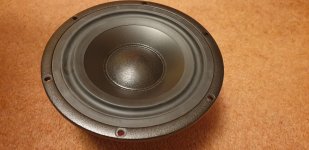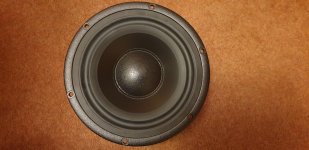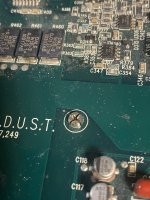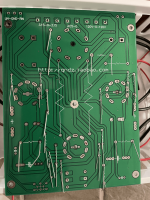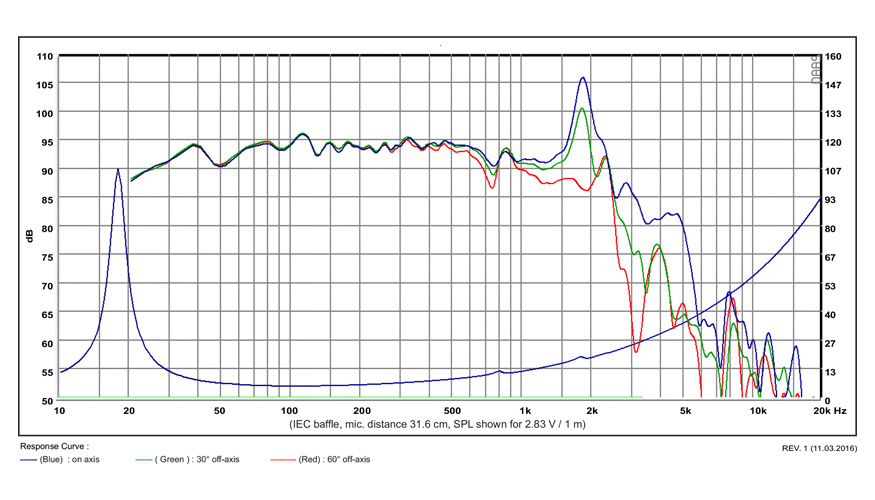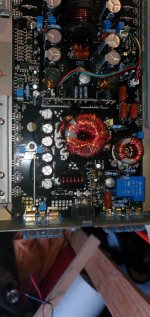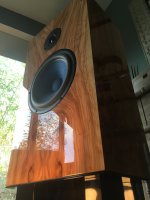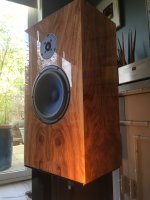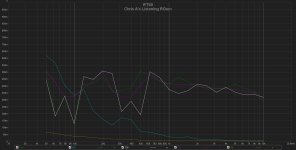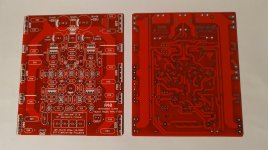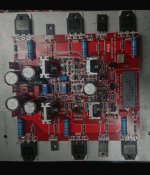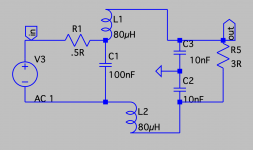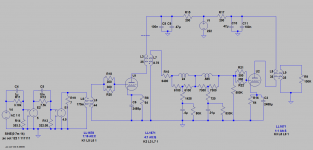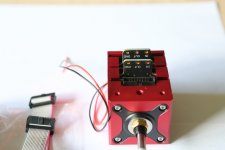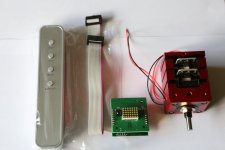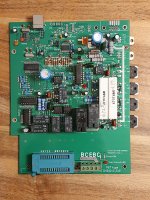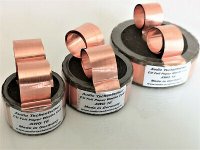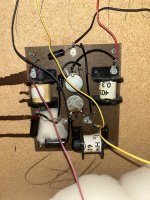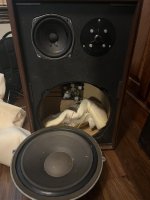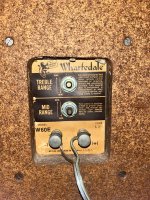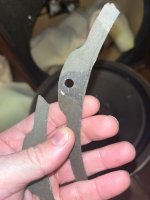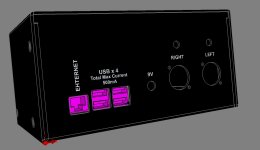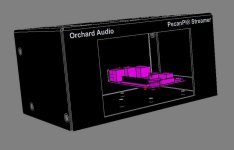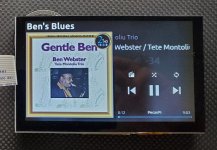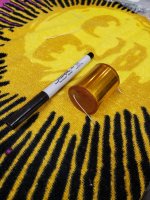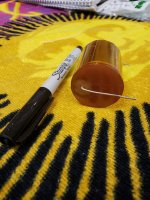Hey guys, I'm not sure if a "want ad" is allowed in this section, but I figured most of you probably don't make it to the general FS section so I thought I would risk the wrath of the Mods and ask here. If this is not allowed, I apologize in advance, I will be happy to repost elsewhere if need be.
This isn't strictly a "wanted" post, but I am looking for a DLM4500, revision 3 or 4. The board does not have to be working, in fact I prefer one that you have lost hope in.
Here is the deal, I decided a while back when I took my bad driver board apart for pictures for another guy that it might not be to bad to reverse engineer this thing. I have started with the bad board from my Autotek MX1500.1 and am making progress, however, I found what I suspect is the problem with my board and I would really like to reassemble and test in my amp. I'm leery to keep pulling this board to continue mapping it and drawing it in eagle.
When/If I finish this, I will post up the completed files. With any luck I may even be able to cut replacement boards with my CNC Bridgeport mill... That is the hope anyhow.
So, what have you got? I don't want to spend a ton of money, but I will happily buy a complete blown amp if the price is right.
Thank you all!
Jason

